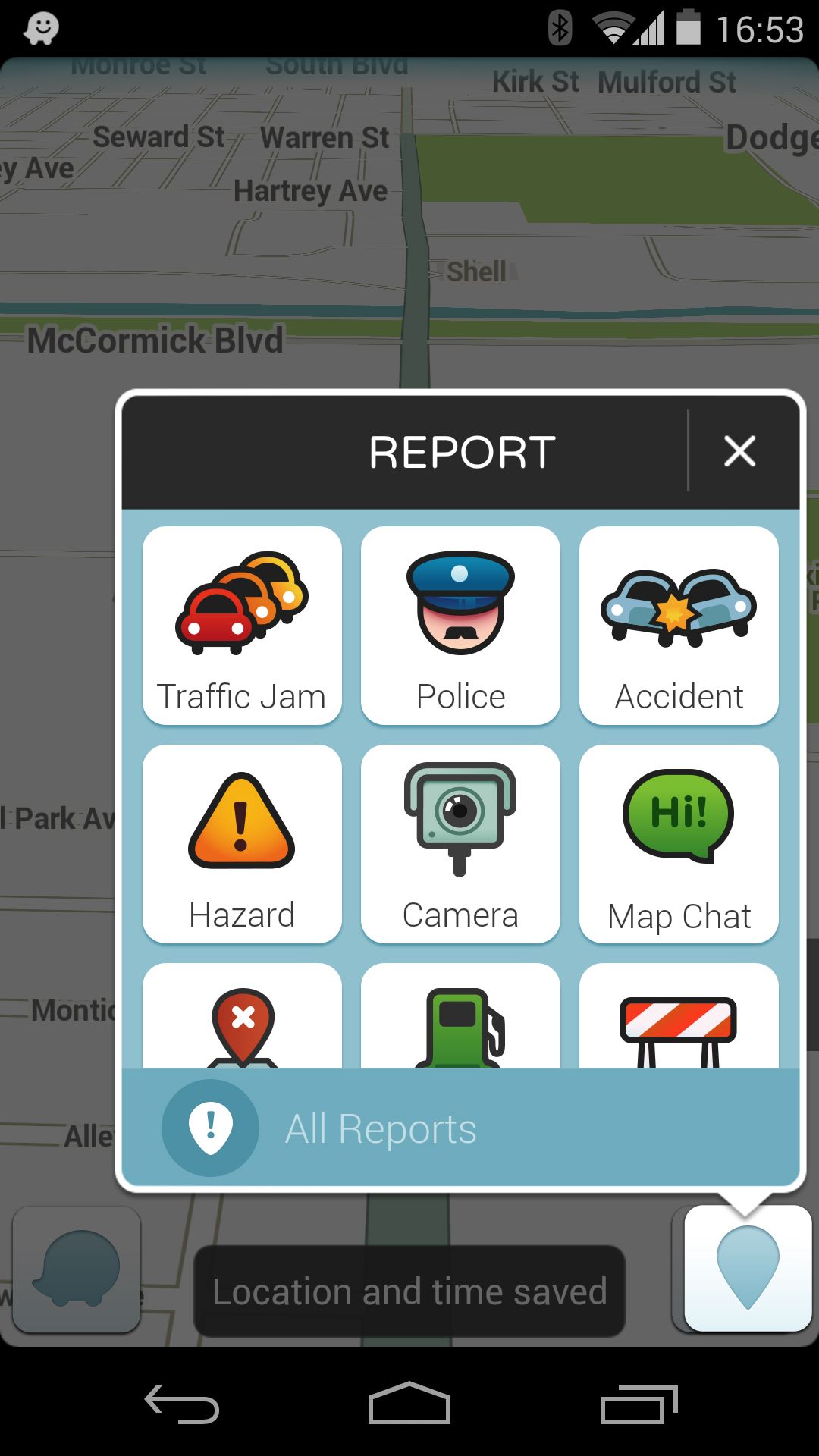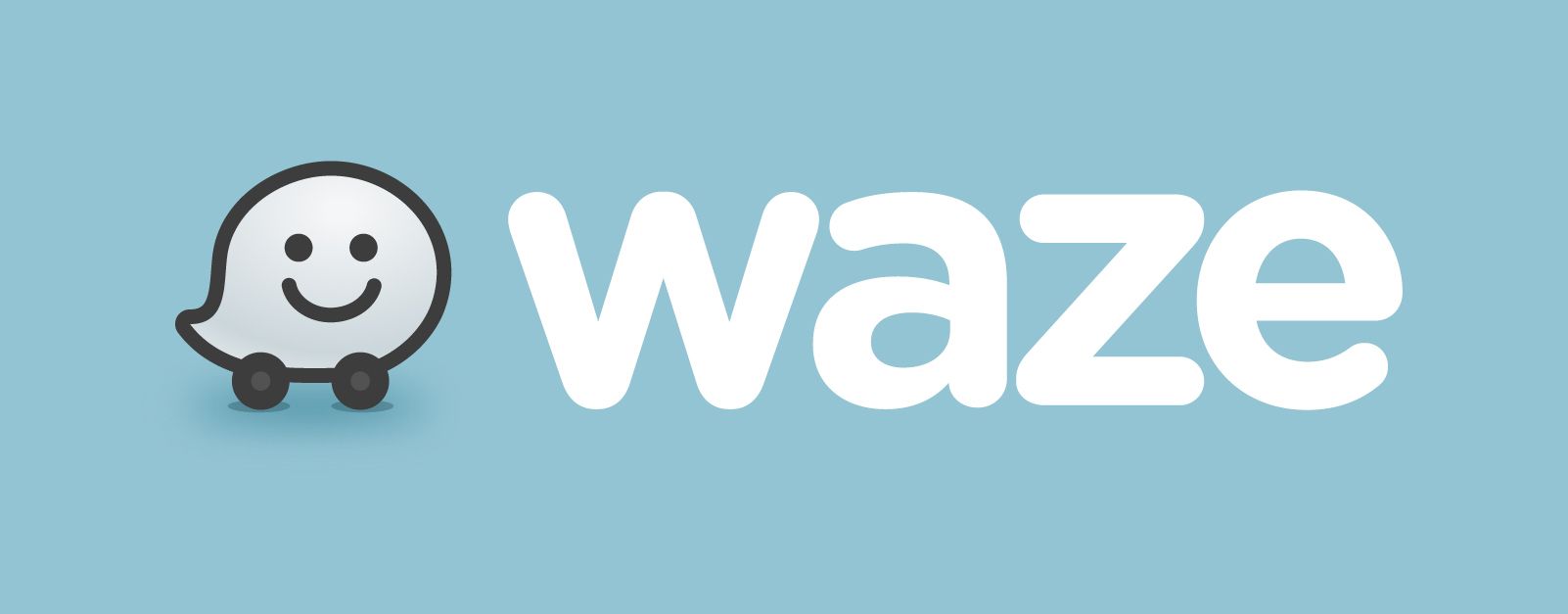A useful app I like to take with me on my commute is Waze. Even though Google acquired it for $966 million last year, the Israeli startup has been continually adding features and improvements to it and it has gained widespread adoption since its launch. Waze helps you become a more informed driver on your next road trip or daily commute.
I’ve been using Waze for the past couple of years and have enjoyed its premise. Prior to Waze, I was a happy Trapster user, but eventually stopped using Trapster due to the performance issues on my phone – it was an always-on system app and I didn’t like the fact it drained my battery rather aggressively.
What made Waze different for me is that it didn’t use Google, Bing, OpenStreetMap or Mapquest maps. Instead, the maps on their service are completely user-generated. Basically, every road on their maps has been traveled by at least one user. There are also editors to make sure that the data Waze detects align to real-world routes. In essence, Waze’s solution is Trapster + Wikipedia + Google Maps.

The community elements of Waze are what make it truly come to life. Drivers are encouraged to safely report issues or concerns for fellow drivers. Examples include a police trap (hidden or visible), vehicles on the shoulder, objects in the roadway as well as traffic jams or other conditions impacting one’s commute. This intelligence is not sourced from anywhere else but the drivers using Waze. Additional metadata is gathered such as average moving speed (in aggregate) to determine unusual patterns in the flow of traffic.
The point system is also fun to watch and compare with friends. I’m glad that they didn’t jump on the badge bandwagon. As you drive and report issues, you earn points that are used to distinguish you from other users. It’s not the main focus of the app. Your score is displayed if you look in the settings. I suspect that they use usage data and reputation to aid in vetting reports and feedback.
Some users might criticize the fact that Waze doesn’t catch everything. The value of the social driving service is derived solely from the users. The more that people use the service, the better it becomes. New reports and validated by other users by either acknowledging or refusing the reports on the roadway. I don’t know for sure, but I think reports expire after a certain amount of time unless renewed, so the data is reliable and fresh at nearly all times.
There is one feature that I am a bit confused by: Map Chat. In fact, chatting with other users is innately difficult because they don’t want to make it convenient for drivers to text and drive. However, I think if they re-worked some of these features to be a bit easier, it can improve the community’s interactions.
Now that Google owns Waze, I noticed mobile advertisements being displayed when stopped. Unlike past Google acquisitions, Waze continues to be maintained with frequent app and service updates. Also, more stores are shown on the map as potential destinations, such as grocery stores and select fast-food restaurants. I’m not a fan of it, but the app is very sensitive to close ads once the vehicle is in motion, so it’s something I can live with. Google shares basic traffic delay data into their popular Navigation and Maps apps. In the end, everyone wins with Waze.
- Download Waze for iOS here.
- Download Waze for Android here.
- Download Waze for Windows Phone here.
This post is a part of my 60 days of blogging. Read more about #60DOB.
Photo credit: Waze

